Passion, acceptance, connectedness, and liveliness are feelings we have come to adore about music festivals and the rave community. But it hasn’t always been that way. House music has a deep history of facing hate, discrimination, violence, and riots.
In the face of adversity, DJs like Frankie Knuckles worked tirelessly to build the underground house scene with a dream of an environment where everyone could be themselves.
Knuckles, at the time, was creating a safe space for LGBTQ+, which is the basis of electronic music as we know it. Protecting our community’s sanctuary means actively preserving safe spaces for everyone to feel like they belong.
Join us as we explore the history of house music and what safe spaces look like today.
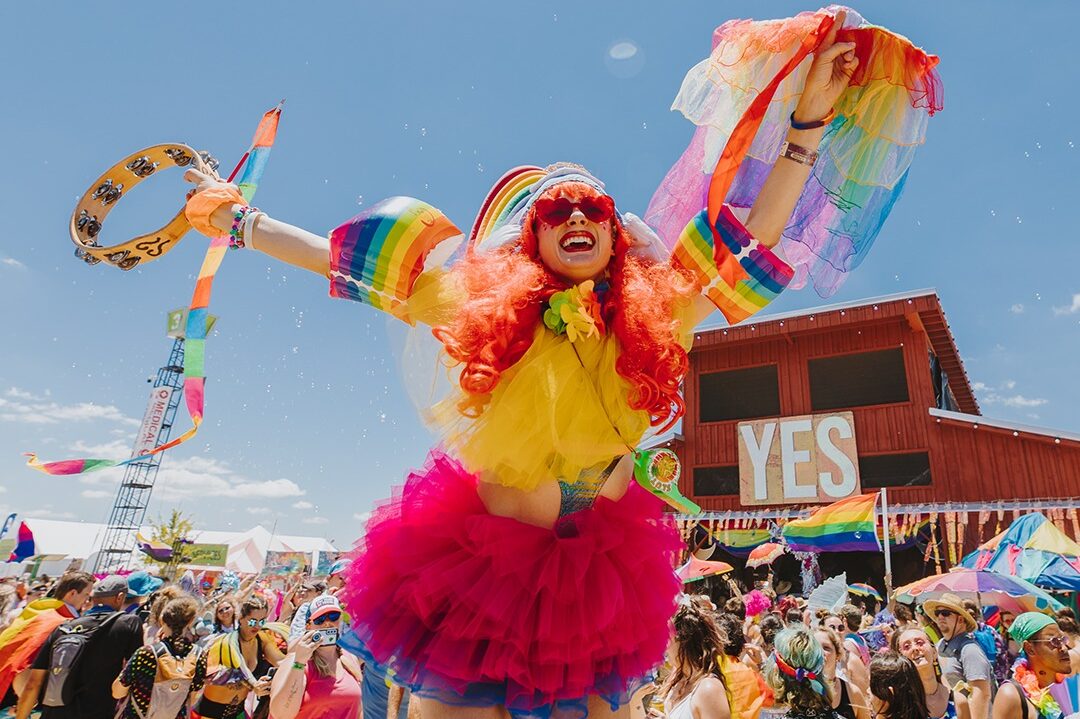
The History Of House
Nestled in the heart of Chicago on South Jefferson Street in the 1970s was a nightclub named The Warehouse. At the time of its opening, disco music was at its peak, and dance music’s revolution was on the horizon. The Warehouse catered to the disco scene from 1977 until around 1979–1980,, when the anti-disco (read: anti-blackness) sentiment swept across America.
With the production of new disco plummeting, DJs nationwide, including the infamous Frankie Knuckles, were adamant about keeping disco alive. Venues like The Warehouse seized this opportunity to invent a new genre of dance music by layering pulsating drums and synthesizers over the deep soul vocals of 70s disco. “The music played at The Warehouse,” aka house music, quickly replaced disco while it was on its way out.
The Warehouse gained its roots as an invite-only, underground club to primarily black and gay men, becoming a safe space in a time when malice and loathing overpowered love and acceptance. With wounds still fresh in the aftermath of the Civil Rights Movement, hostility and prejudice towards people of color were widespread across America, bleeding into the music scene. Being turned away from public nightclubs and events, black folk had nowhere to go.
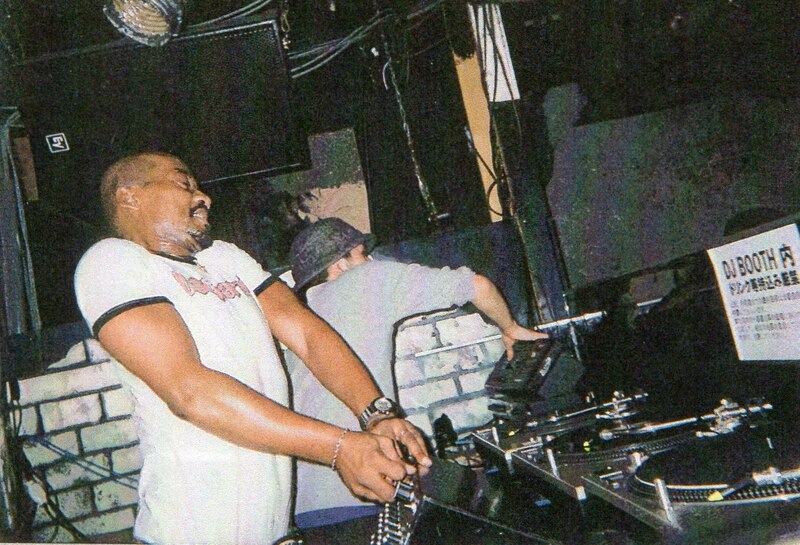
Similarly, openly gay and lesbian bars at the time were subjects of massive oppressive social control. Between police raids and absent government safeguarding for the LGBTQ+, queer people were victims of violence and prejudiced behavior, therefore being pushed to the safety of the underground scene.
Making matters worse in 1981, the AIDS pandemic sparked panic in America and pushed gay men even further into the fringes of society. Fear spread rampantly as the “big disease with the small name” was making its way through the country from its roots in Los Angeles. Gay men endured inhumane amounts of isolation from society and, hence, turned to the haven of underground dance music.
Under-the-radar clubs, specifically The Warehouse, provided safety and recognition for black men and gay folk who were told repeatedly that they didn’t belong in cis-white America.
Serving as invite-only clubs, places like The Warehouse protected vulnerable populations that had been mistreated for decades. Finally, gender expression and house music not only coexisted but merged to create an unbelievably sacred community that has been carried through dance music to this day.
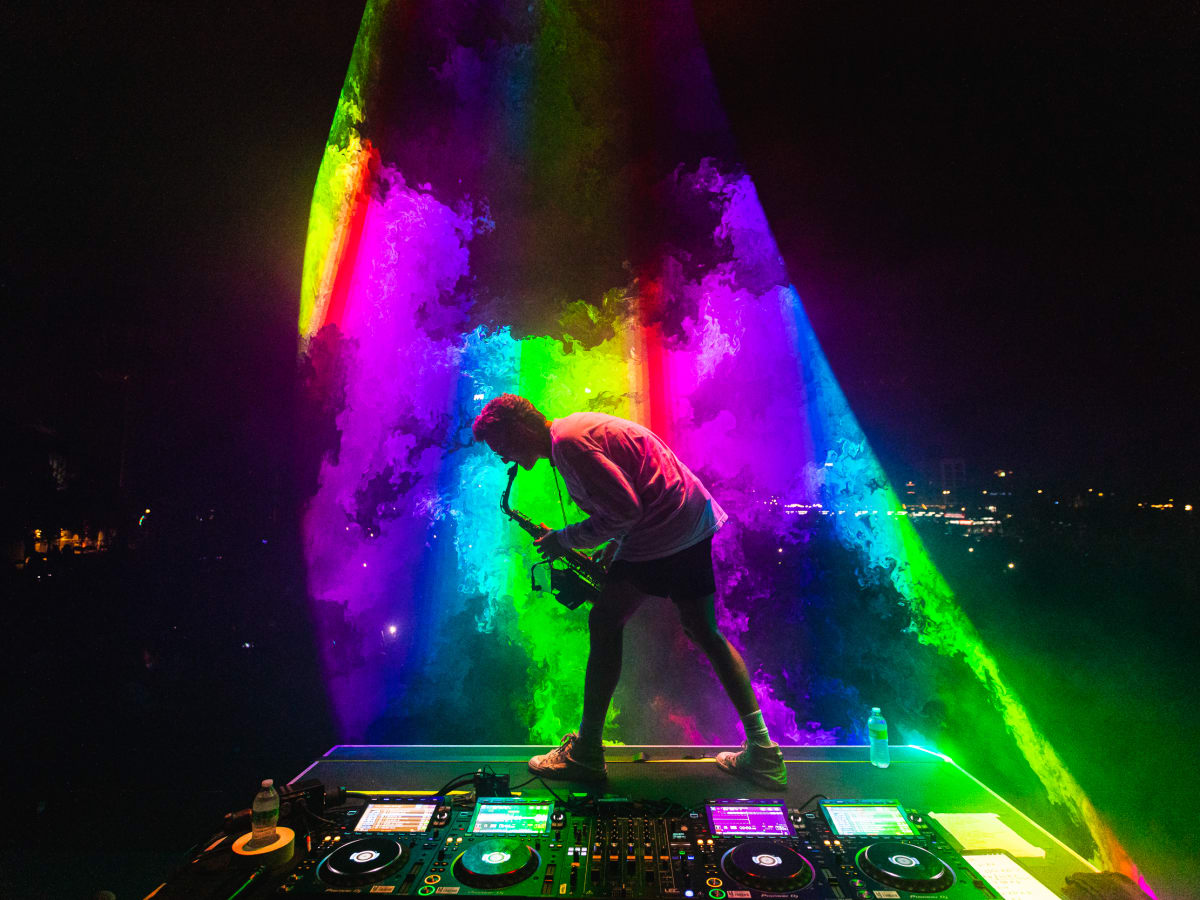
Preserving Safe Spaces Today
Somewhere along the way, the culture of house music became straighter, more cis-gendered, and whiter. As electronic music is brought to the forefront of mainstream music, it’s imperative to remember house music’s roots and preserve the safe spaces that those before us fought so hard to create.
Many of us find comfort in our ability to live authentically at music festivals and view them as places to let our freak flags fly. That, for most, is what safe spaces feel like, but for our LGBTQ+ friends, that may look or feel a little different.
What do safe spaces for queer folk look like, and how can we uphold them like Frankie Knuckles intended?
A safe space is a place or environment in which a person or category of people can feel confident that they will not be exposed to discrimination, criticism, harassment, or any other emotional or physical harm.
Safe spaces look different for everyone, but it’s worth recognizing that safe spaces are more complicated to build for our gay friends. LGBTQ+ folk have been told for centuries that they should feel shame for who they are, whereas cis-gender, straight white folk have always been celebrated and accepted.
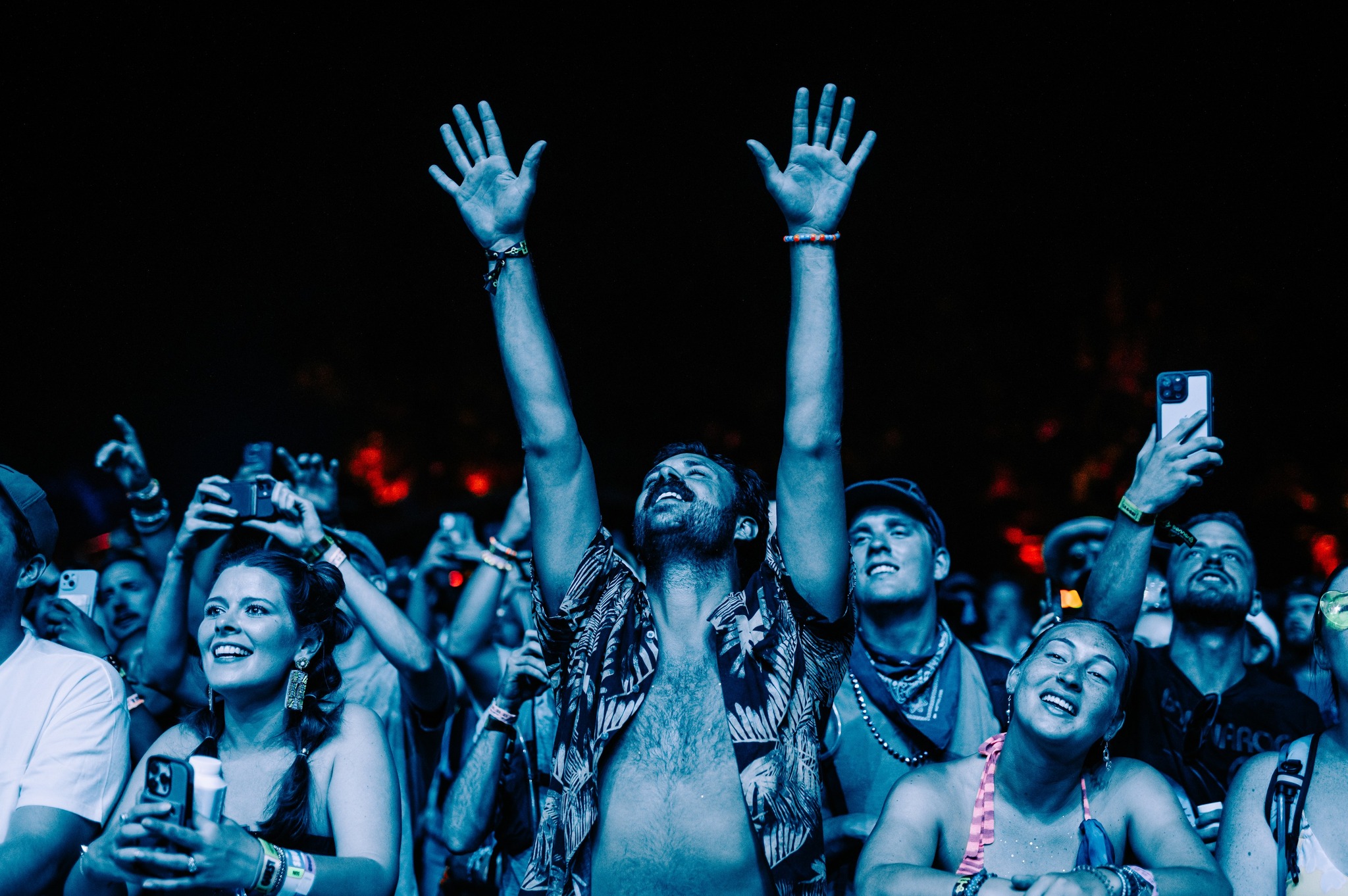
More than one in five of any type of hate crime is motivated by an anti-LGBTQ+ bias. Trans people experience violence at a 2.5 times higher rate than cis-gender people. 83% of LQBTQ+ folk keep their sexual orientation hidden from most or all of the people in their lives. LGBTQ+ youth are four times more likely to attempt suicide compared to their straight and cis-gender peers. 70 countries worldwide criminalize same-sex relationships; in 10 of those countries, homosexuality is punishable by death.
These statistics are astonishing. But what that means for society, our rave communities, is that creating safe spaces for our queer friends is going to take conscious effort. Even the most out-of-the-closet, flamboyant, confident gay person has these statistics in the back of their minds constantly, and creating a safe space means recognizing real fears and creating an environment to combat those worries.
You may have to step out of your comfort zone to make the space comfortable for everyone. It means holding those around you, even your friends, accountable for unacceptable behaviors and derogatory language. Acknowledge that a cis-straight voice may have more weight and safety in hateful situations, and use it to speak up when the safe space around you is being threatened. Everyone around you, regardless of sex, race, or gender identity, has the right to share the same space as you, and some people need to be reminded of that.
Queer spaces are where LGBTQ+ feel most comfortable, and they can’t survive without support. Diversity in LGBTQ+ events and organizations is powerful and proves to America that LGBTQ+ culture isn’t just for LGBTQ+ individuals. Whether that looks like donating money, participating in protests, or backing LGBTQ+ artists, do what you can to actively show up for a community that needs and loves anything you can give.
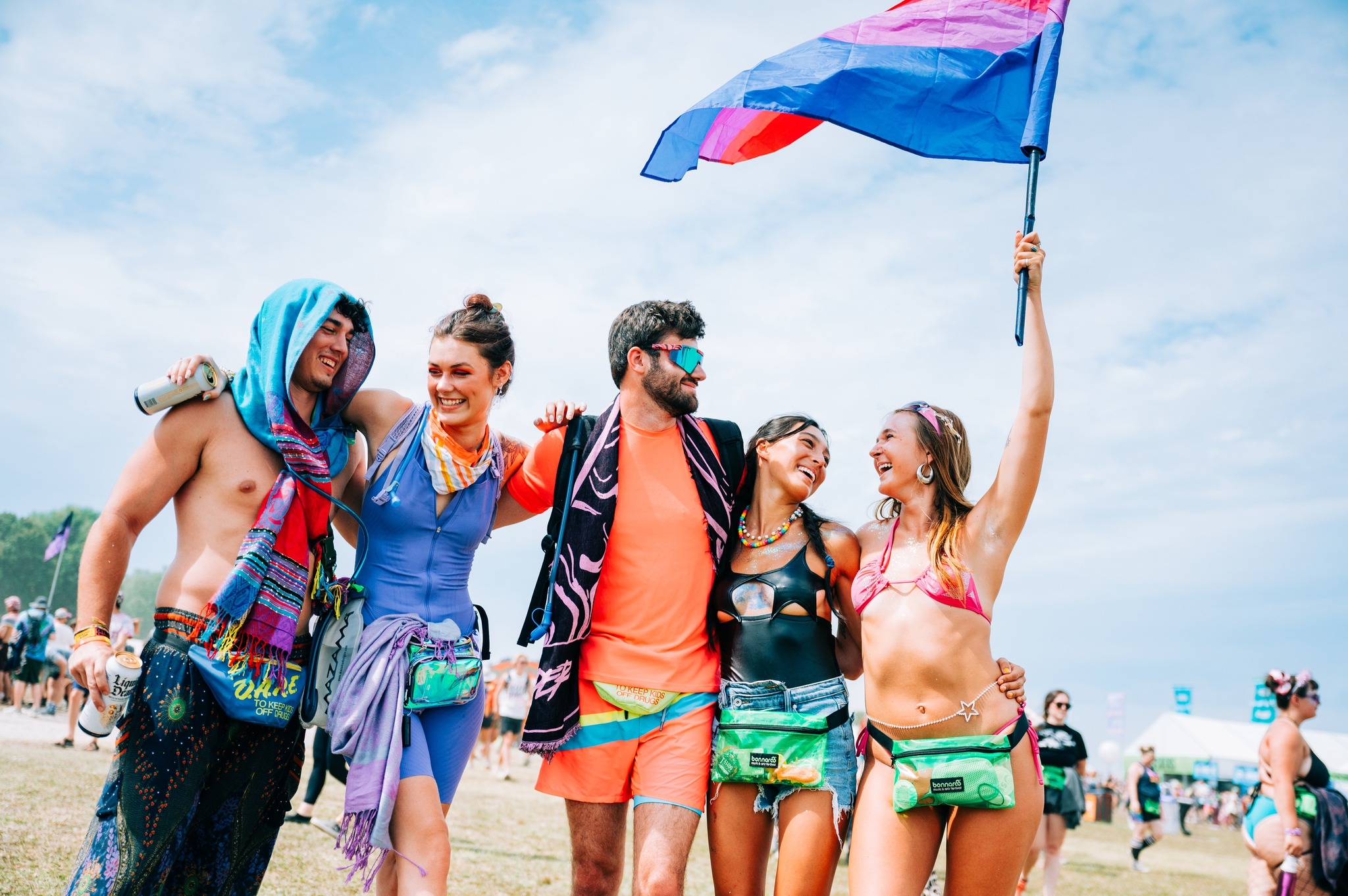
Unconditionally supporting your friends speaks volumes. Your presence at Pride events or LGBTQ+ events confirms your loyalty to who you are as a person. Showing your honor, respect, and support for queer people at their core is the root of creating safe spaces. Don’t stop telling your friends that you love them and are proud of who they are.
Minority groups opened their spaces so everyone could dance and spread love together, respect what has been gifted to them, and uphold the values that created the music we all love. The discrimination against queer people over the years has been overwhelmingly frustrating. Still, peace, love, unity, and respect can change the world, and our community has the power to right the wrongs of history.
I will always love you for who you are. If you or anyone you know is struggling, please seek help using the below resources. We need you in this world.
The Gay, Lesbian, Bisexual and Transgender National Hotline: (888) 843-4564
The Trevor Project Crisis Hotline (for youth ages 13-24): (866) 488-7386
The Crisis Text Hotline: Text START to 741-741
Featured image courtesy of I Was There When House Took Over The World on Youtube







